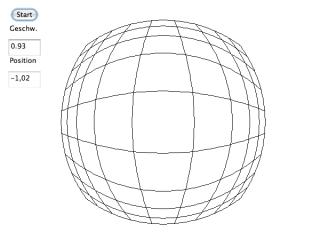Lattice PCI Express Demo Installation Lattice Semiconductor User's Guide The next page lets you choose the installation location. The default location of c: Program Files LatticeApps is recommended. The demo program may rely upon other Lattice libraries and packages (the Java JRE package for example) which it expects to find in. R Packages - Packages are part of R programming and they are useful in collecting sets of R functions into a single unit. It also contains compiled code and sample. You have not built some customized version from the source program — a package named 'lattice' need to be installed, but it won't automatically get loaded. Example: remove.
How can we count the number of lattice point on a line, given that the endpoints of the lines are themselves lattice points? I really can't think of how counting lattice points would work, so please provide me some intuition on how lattice points can be counted. Also, what is the relation of the x-distance and y-distance being coprime to existence of lattice points?
Shaurya GuptaShaurya Gupta1 Answer
$begingroup$For the line from $(a,b)$ to $(c,d)$ the number of such points is $${gcd(c-a,d-b)}+1.$$Especially, if the $x$ and $y$ distances are coprime, only the endpoints are lattice points.
Hagen von EitzenHagen von Eitzen
Not the answer you're looking for? Browse other questions tagged integer-lattices or ask your own question.
I'm looking for help with a question I have. We just started learning simple java in our course after learning a tonne of C++.
One of our bonus missions for people who know code more than what was taught in class.
The mission is as follows: Write a function by the name lettersSeries which gets letters (one letter at a time, assume all letters are lower case) inputted from the user. The function stops accepting letters from the user once the user has inputted 3 consecutive letters. (Only for loops can be used without while loops)
Example: a -> b -> a ->c -> d -> e (Here is stops)
As far I don't know much and I would be happy if someone would help me with this... I tried some options but I have no idea how to trace the alphabet, and especially how to check if letters are consecutive...
Thanks!
Obviously, you could change the code, and not make my pattern, I would just be happier with an easier way!
4 Answers
Here's how I would tackle the problem, I'm going to let you fill in the blanks with this though so I don't do all of your homework for you.
Matthew BrzezinskiMatthew BrzezinskiYou can use chars' Unicode number to check if letters are consecutive: if a and b are your letters, try to check if b - a 1. If consequentiality is intended in a case-insensitive way ('B' consecutive to 'a') then check: (b - a 1 || b - a 33).
I cheated a little bit with this solution. I used a for loop with only the middle part so it acts like a while loop.
Anyway, here's how it works.
The first three lines create a scanner for user input, a consecutive variable that counts how many consecutive letters the user enters, and a previousChar to store the previous character.
'Why does consecutive start at 1?' you might ask. Well if the user enters one letter, it is going to be consecutive with itself.
In the for loop, as long as consecutive != 3, the code is going to run. The first line in the loop we read a character using findWithinHorizon('.', 0).charAt(0). And then the if statement checks whether it is a consecutive letter with the previous character. If it is, add one to consecutive and if not, reset consecutive to one. Lastly, we set previousChar to userInput to prepare for the next iteration.

